Raindrops on roses and clusters of cherries.
Bright copper grasses and ripe, juicy berries.
The fragrance of jasmine on warm summer evenings.
These are a few of my favorite things.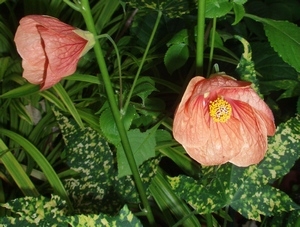
Ruffled begonias to light up the shade.
Orange and pink sunsets just before they fade.
The sight and sound of hummingbird wings.
These are a few of my favorite things.
Some of my other favorite things include plants with variegated foliage like Abelia Kaleidescope or Confetti. The first sports gold and green leaves as a pretty backdrop for the white bell-shaped flowers that attract hummingbirds with their nearly year-round nectar. Confetti has creamy white variegated leaves that turn maroon in cold weather. Both are showy, compact plants 2-3 ft tall by about 4 ft wide.
Hebe Tricolor is another of my favorite variegated shrubs. This 3 ft beauty has colorful leaves of burgundy, creamy white and green. As an added bonus it blooms with violet flower spikes in summer. Easy to grow in full or half day sun with good drainage and regular water. This evergreen shrub is perfect as an accent or in the mixed border.
I like all Abutilons.You may know them as Flowering Maple or Chinese Lantern. Pink, red, yellow, orange or white flowers-I like them all. Those with variegated foliage always catch my eye, though. Some are strikingly variegated with creamy yellow or white patterns in the leaves. Others look like taxi-cab yellow paint was splattered on their leaves. They bloom continuously throughout the season and are a favorite of hummingbirds.
Out in the vegetable garden , don’t slack off picking your ripening produce. it’s an easy thing to do with the distraction of summer heat and vacations. Your veggies, on the other hand, want nothing more than to reproduce.
The summer solstice signaled to plants that days are getting shorter and to stop concentrating on new stems and leaves. Instead, shortening days say better get to flowering and fruiting for the season will be ending all too soon.
Pick veggies everyday if need be. Even one zucchini allowed to grow too big and ripe can tell the plant its job is done and seeds are mature enough to ensure next year’s crop.
Your goal as a gardener and picker is never to let that seed form so the plant is tricked into producing more flowers and fruit in its never-ending quest to reproduce. This is the secret to keeping your plant hard at work for as long as possible. Even if you don’t eat it, pick it anyway and give it away.
Also in the garden the question pops up frequently about marigolds. Do they help with pest control and which type is the best?
Like other members of the daisy family, marigolds provide nectar to beneficial insects, such as syrphid flies, who prey on aphids and other insects that attack garden plants. Parsley and dill flowers are even better but daisy family flowers keep the nectar flowing longer.
Marigold have been shown to have some slight effect in repelling cabbage worms. A variety called Stinking Roger repels flies that bother cows and other domestic animals but I’ve never seen this marigold available around here.
It’s the common that has been shown to control nematodes. You need to plant them thickly as a cover crop and allow them to grow for many weeks to be truly effective.
Gem marigolds are a favorite food of slugs and Japanese beetles and can act as trap plants. On the other hand, they may just attract more of these pests than there would have been otherwise.
So now you have the rest of the story. The bottom line, plant marigolds as they do have some beneficial effects but mostly because they’re pretty.

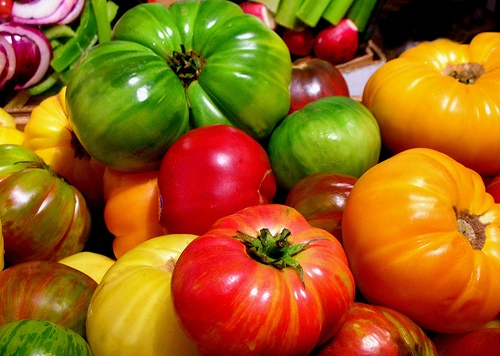 . You cannot save seed from F1 hybrids as their unique traits, such as specific disease resistance and early maturity, are uniform only in the first generation of seed. Seed saved from hybrids they will not come true when replanted.
. You cannot save seed from F1 hybrids as their unique traits, such as specific disease resistance and early maturity, are uniform only in the first generation of seed. Seed saved from hybrids they will not come true when replanted. 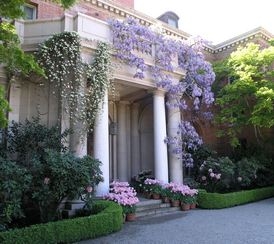 gs of civilization, man has harvested roots and leaves from the earth to feed himself and help him feel better. it is not simply what is ingested, however, that is good for us. Working in dirt or even viewing a landscape has been proven to assist in the healing process. It’s been shown in studies that patients recover quicker and need fewer pain drugs when their rooms have a view of trees instead of just walls. Plants and flowers have a calming effect on both patients and the rest of us. Caring for and connecting with nature are ways to heal the spirit, too.
gs of civilization, man has harvested roots and leaves from the earth to feed himself and help him feel better. it is not simply what is ingested, however, that is good for us. Working in dirt or even viewing a landscape has been proven to assist in the healing process. It’s been shown in studies that patients recover quicker and need fewer pain drugs when their rooms have a view of trees instead of just walls. Plants and flowers have a calming effect on both patients and the rest of us. Caring for and connecting with nature are ways to heal the spirit, too. 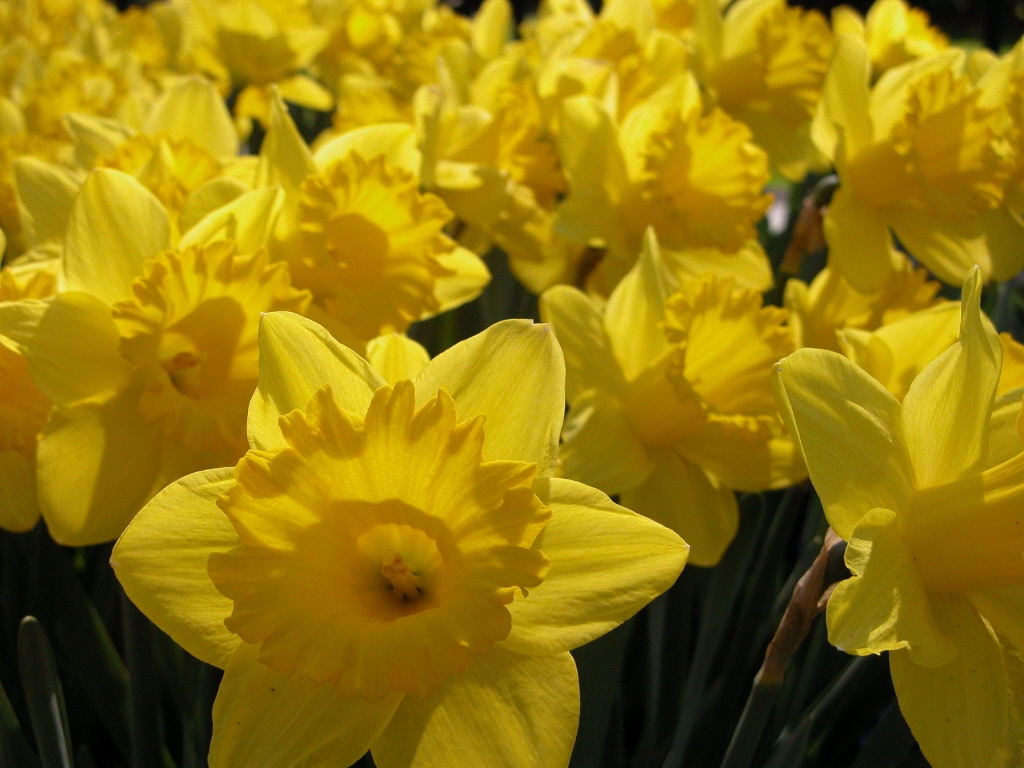 the shade? If you dream about drifts of colorful flowers under you trees in the spring but didn’t think they would bloom in the shade, think again . Some bulbs manage to grow just fine beneath trees-even evergreen trees. Many from the daffodil clan, including jonquils and narcissus will grow, bloom and naturalize year after year under tree canopies or other lightly shaded areas. Common ones to try are Golden Harvest, the classic, large yellow King Alfred daffodil and Dutch Master with pure gold flowers. Barret Browning has a soft. butter-yellow corolla and a pumpkin orange frilly tube.
the shade? If you dream about drifts of colorful flowers under you trees in the spring but didn’t think they would bloom in the shade, think again . Some bulbs manage to grow just fine beneath trees-even evergreen trees. Many from the daffodil clan, including jonquils and narcissus will grow, bloom and naturalize year after year under tree canopies or other lightly shaded areas. Common ones to try are Golden Harvest, the classic, large yellow King Alfred daffodil and Dutch Master with pure gold flowers. Barret Browning has a soft. butter-yellow corolla and a pumpkin orange frilly tube. 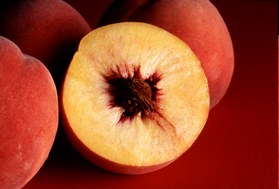 available for smaller yards and containers. Here are some good ones to try.
available for smaller yards and containers. Here are some good ones to try. et) after they have flowered and started to set fruit.
et) after they have flowered and started to set fruit.